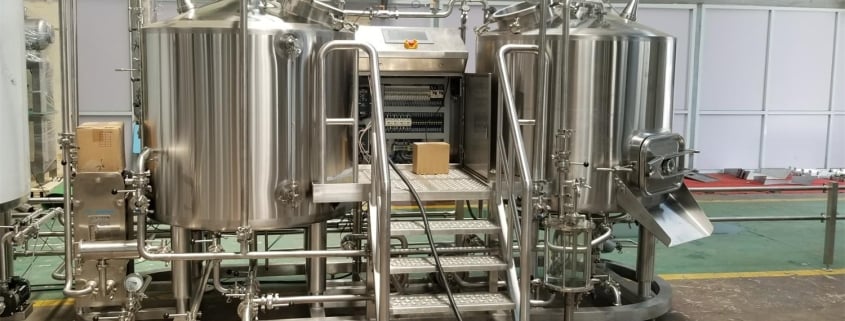Craft Brewing Equipment for Sale
What is Craft Brewing Equipment?
Craft brewing equipment encompasses all the tools and machinery required to produce beer on a smaller, more artisanal scale compared to large commercial breweries. This includes everything from the vessels where the magic happens to the instruments ensuring each batch meets your standards. Think of it as the artist’s palette and brushes, essential for creating that perfect brew.
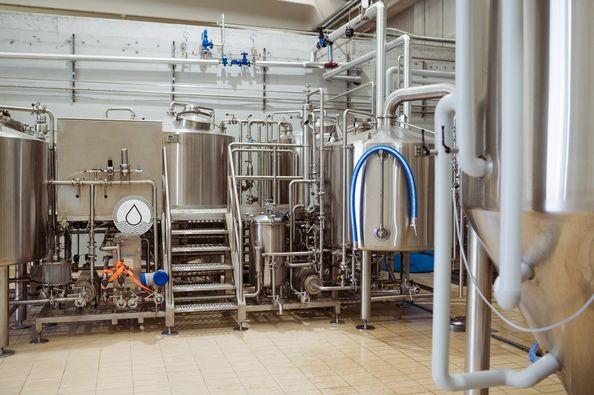
Types of Brewing Equipment for Sale
When setting up your brewery, you’ll come across various equipment types, each serving a specific purpose:
- Brewhouse Systems: This is the heart of your brewery, where mashing, lautering, boiling, and whirlpooling occur. Sizes range from compact 5-barrel systems suitable for pubs to expansive 100-barrel setups for larger operations.
- Fermentation Tanks: After boiling, the wort is transferred here to ferment. Capacities vary, with some tanks holding as little as 3 barrels and others accommodating over 250 barrels.
- Brite Tanks: Used for maturing, clarifying, and carbonating beer before packaging. Like fermenters, their sizes can range from small to large, depending on your production needs.
- Kegging and Bottling Lines: Essential for packaging your beer, these systems can be manual for smaller operations or fully automated for larger breweries.
- Cooling Systems: Maintaining precise temperatures during fermentation is crucial, making glycol cooling systems a staple in most breweries.
- Cleaning Systems (CIP): Ensuring your equipment remains sanitary is vital for beer quality, and Clean-In-Place systems make this task more manageable.
How to Choose the Best Craft Brewing Equipment
Selecting the right equipment can feel overwhelming, but focusing on a few key factors can simplify the process:
- Production Capacity: Determine how much beer you plan to produce. Are you aiming for small batches or larger-scale production?
- Space Constraints: Measure your available space to ensure your equipment fits comfortably, allowing room for maintenance and future expansion.
- Budget: While it’s tempting to go for top-of-the-line equipment, balancing quality with affordability is essential. Remember, used equipment can offer value if inspected thoroughly.
- Automation Level: Decide between manual systems, which offer more control, and automated ones that can increase efficiency but come at a higher cost.
- Supplier Reputation: Research suppliers, read reviews, and, if possible, visit other breweries to see the equipment in action.


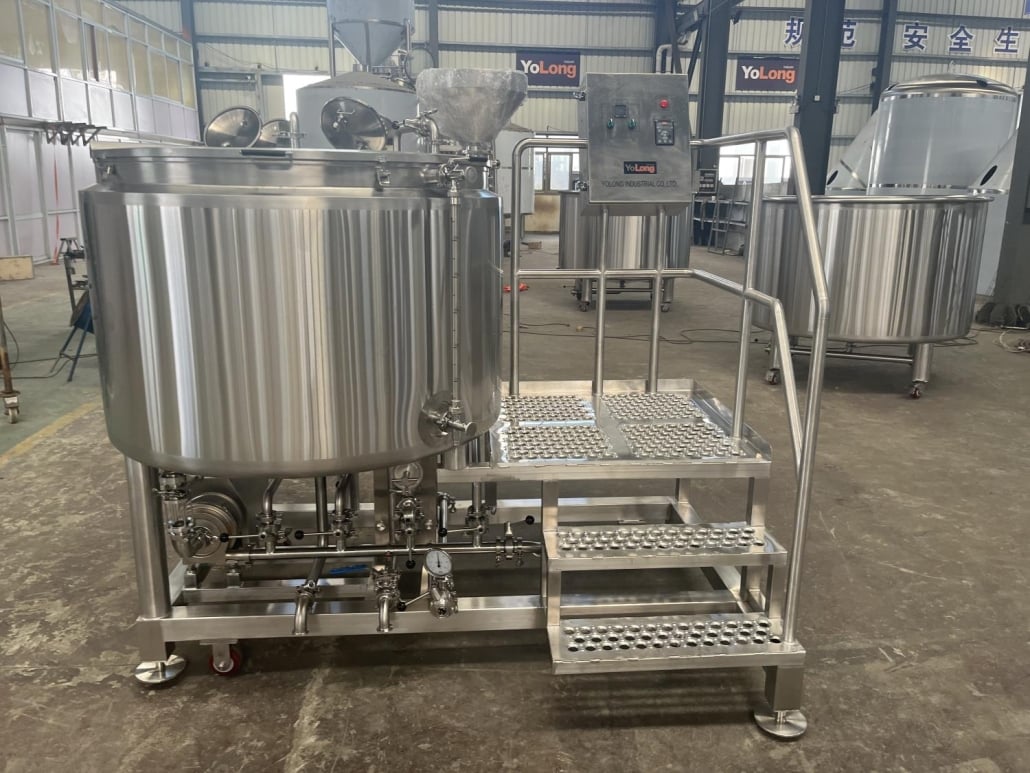
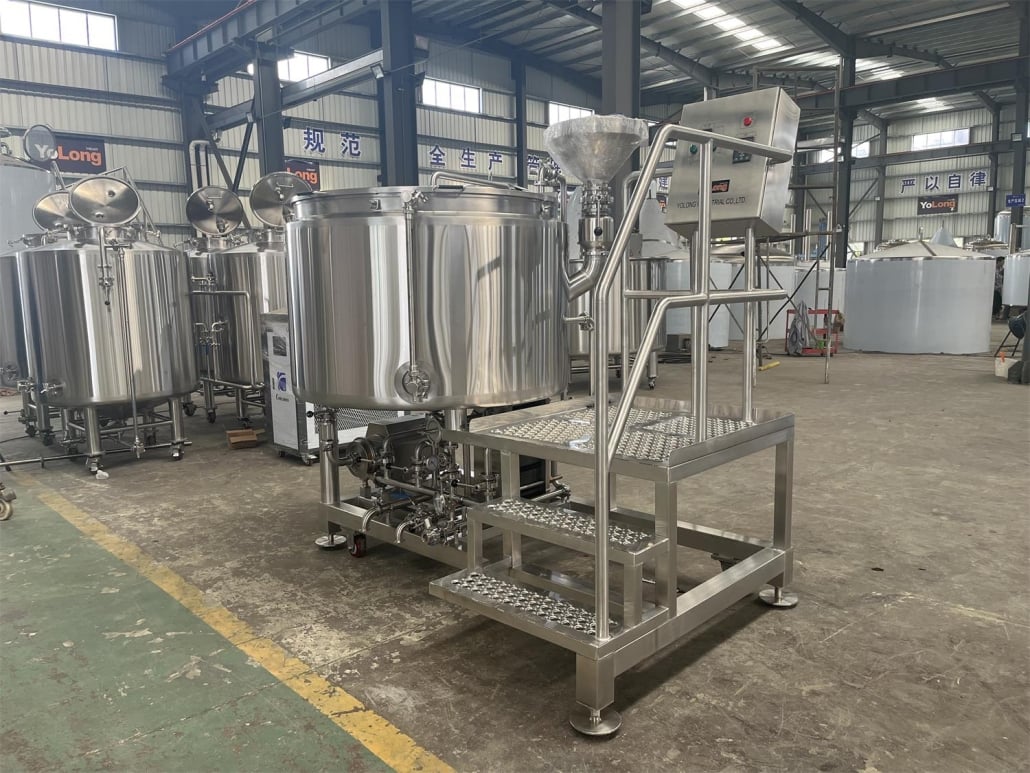
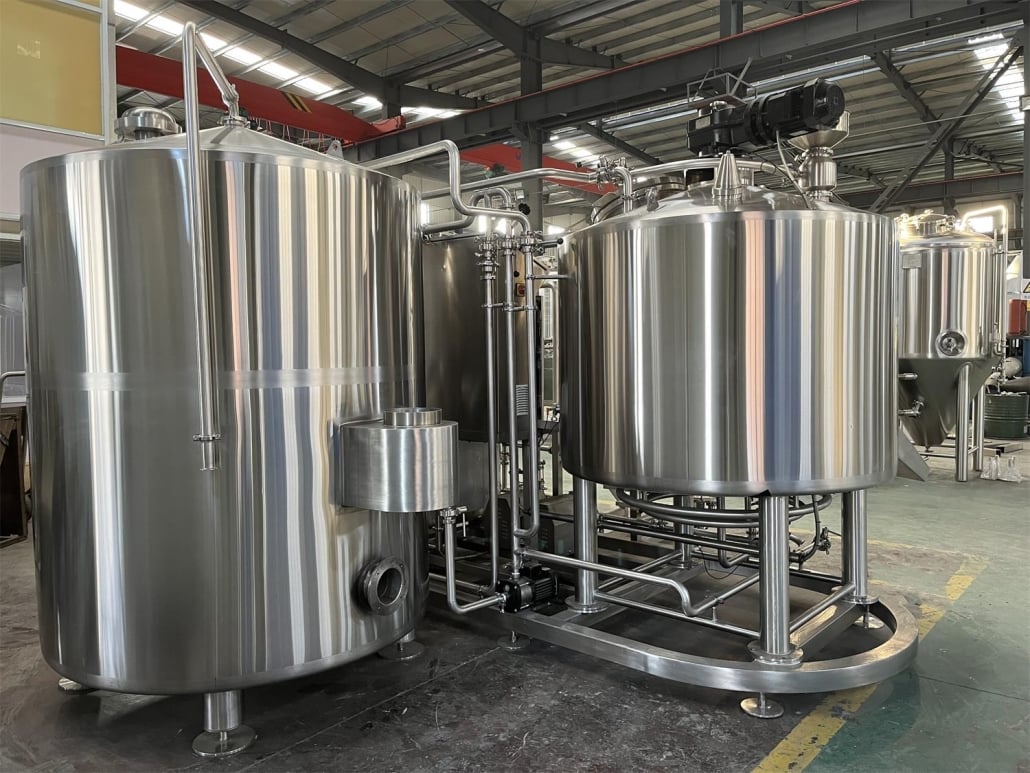
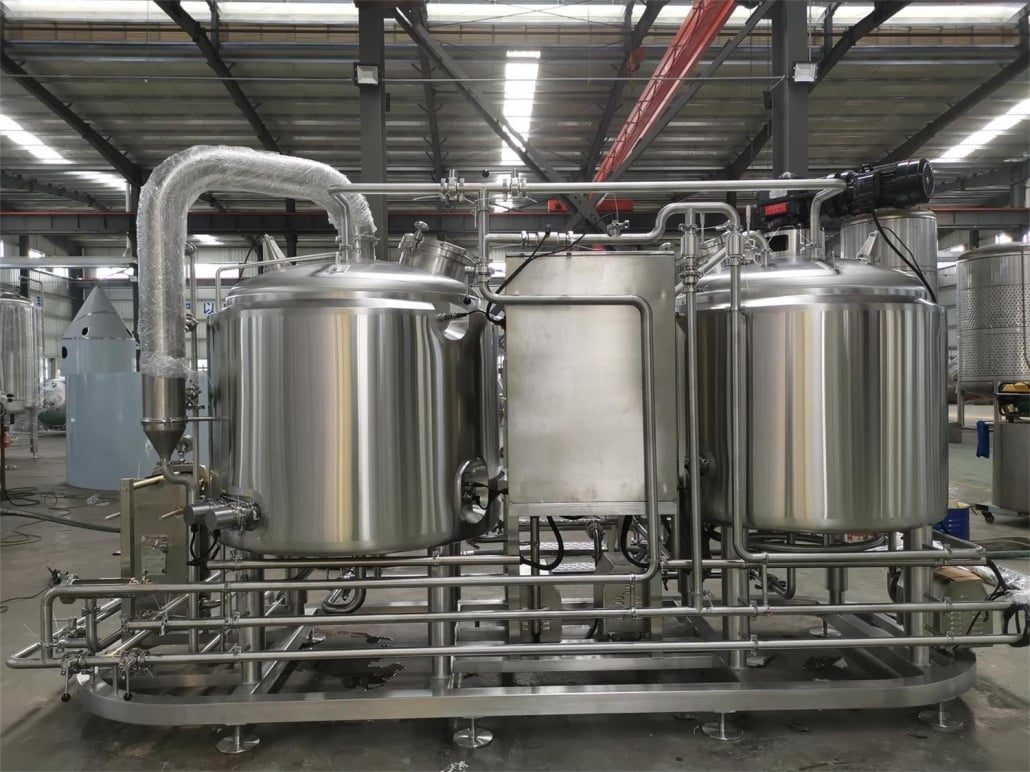
Where to Find Craft Brewing Equipment for Sale
Finding the right equipment supplier is crucial. Here’s a list of reputable sources:
| Supplier Name | Description | Website |
|---|---|---|
| Lehui Craft | Offers a range of brewing equipment from 5 to 100 barrels, designed for efficiency and quality. | lehuicraft.com |
| Micet Group | Provides turnkey brewery solutions, including brewhouses, fermenters, and brite tanks. | micetgroup.com |
| GrainBrew | Specializes in craft brewery equipment with customizable designs for various scales. | grainbrew.com |
| BrewBids | An online marketplace connecting buyers and sellers of new and used brewing equipment. | brewbids.com |
| Cellar Supply | Offers professional brewing supplies, including tanks, fittings, and hoses. | cellarsupply.com |
Cost of Brewing Equipment
Understanding the financial investment is crucial. Here’s a breakdown of estimated costs:
| Equipment Type | Capacity | Estimated Cost Range |
|---|---|---|
| Brewhouse System | 5-barrel | $50,000 – $150,000 |
| 10-barrel | $150,000 – $250,000 | |
| 20-barrel | $250,000 – $400,000 | |
| Fermentation Tanks | 5-barrel | $5,000 – $20,000 |
| 10-barrel | $10,000 – $40,000 | |
| 20-barrel | $20,000 – $60,000 | |
| Brite Tanks | 5-barrel | $4,000 – $15,000 |
| 10-barrel | $8,000 – $30,000 | |
| 20-barrel | $16,000 – $50,000 | |
| Glycol Cooling System | N/A | $10,000 – $80,000 |
| CIP System | N/A | $5,000 – $30,000 |
| Packaging Equipment | N/A | $20,000 – $200,000 |

Maintenance and Longevity Tips
To ensure your equipment serves you well for years:
- Regular Cleaning: After each use, clean all equipment thoroughly to prevent residue buildup, which can affect beer quality.
- Scheduled Maintenance: Create a maintenance schedule to inspect and service components like seals, gaskets, and pumps.
- Proper Storage: Store equipment in a dry, temperature-controlled environment to prevent corrosion.
- Training: Ensure all staff are trained in proper equipment use and maintenance procedures.
- Use Quality Cleaning Agents: Opt for cleaning agents specifically designed for brewing equipment to avoid damage.
FAQs
| Question | Answer |
|---|---|
| Is it better to buy new or used brewing equipment? | Both options have pros and cons. New equipment comes with warranties and the latest technology but at a higher cost. Used equipment is more affordable but may require more maintenance. |
| How much space do I need for a brewing system? | It depends on the system size. A 5-barrel system may require around 500 square feet, while a 20-barrel system could need over 2,000 square feet. |
| Is it better to buy new or used brewing equipment? | Both options have pros and cons. New equipment comes with warranties and the latest technology but at a higher cost. Used equipment is more affordable but may require more maintenance. |

